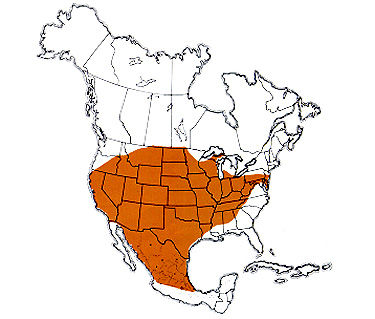Differential Grasshopper
Common Name: Differential Grasshopper.
Scientific Name: Melanoplus Differentialis.
What to look for? The Differential Grasshopper is a robust, olive-green to brown. They have large brown eyes. They have long antennae that provide the ability to detect and distinguish food sources in the environment. The Differential Grasshopper has a plate-like pronotum that covers a portion of their thorax. The underside of their body is yellow. Their yellow hind legs are enlarged for jumping and are marked with chevron-like black markings. The Differential Grasshopper has fully functional, colorless wings.
Where can they be found at Carillon Stonegate Pond? The Differential Grasshopper can be seen from late summer to early fall – August to October. Look for them around the various tall grasses, trees and wildflowers along the pathway next to Carillon Stonegate Pond and in your own lovely yards!
How big are they? Large. The female Differential Grasshopper is approximately two inches in length. The male Differential Grasshopper is slightly smaller at just over one and one-half of one inch in length.
What are their flight patterns? Though the Differential Grasshopper has fully functional, colorless wings its primary method of movement is jumping. It has highly specialized hind limbs that allow it to jump almost a meter, or approximately thirty times its body length! When they do fly, they move upwind in short, low flights of 10 to 100 yards at a time.
How else do they behave? Differential Grasshoppers often travel in large swarms. They are chewing insects that feed from the outer edges of leaves inward. The Differential Grasshopper is inactive at night resting high up on vegetation.
What’s for dinner? Differential Grasshoppers are avid herbivores. They feed on grasses and crops. The adults and nymphs feed on a wide variety of grasses and other leafy plants. They also eat crops, including corn, soybeans, alfalfa, cotton, vegetables, small grains and the leaves of fruit trees. When they run out of food in one area, the adults can travel as many as 10 miles in a day in search of more food. The nymphs and adults are capable of eating 16 times their weight each day.
Where do they take up residence? Differential Grasshoppers are found across the U.S., except the east coast and northwest. They are found in abundance across all of Illinois. They reside in a wide variety of habitats, including open fields, gardens, grasslands, meadows, prairies, roadsides, and banks and bottomlands along ponds and streams.
When and where do they breed and nest? In late summer and into fall, female Differential Grasshoppers deposit clusters of eggs in undisturbed soil in fields, roadsides, waterways and pastures. These eggs overwinter in pods in the soil. Nymphs begin hatching from eggs in May and June in Illinois. The nymphs have five instars or molts before they become adults. This nymphal development requires 35 to 50 days. Differential Grasshoppers complete only one generation per year.
Where do they migrate? Differential Grasshoppers do not migrate. They may travel for food or warmer temperatures. In our area, Differential Grasshoppers overwinter as eggs.
Do they make any interesting sounds? Differential Grasshoppers can produce a sound by rubbing modified parts of their fore wings together. This activity is called stridulation and is meant as a mating call to females. The females can detect the vibrations through a specialized ear called a tympanum.
Interesting Facts About the Differential Grasshopper:
-
To escape from extreme heat, Differential Grasshoppers will rise and mill about in calm air or they may fly with the wind.
-
Large populations tend to develop in areas with extensive cropland.
-
A dense swarm of grasshoppers will destroy a young cornfield in just three or four days.
-
They are an important component in the food chain for many animals, including foxes, raccoons, opossums, squirrels, amphibians, lizards, snakes, birds, turtles, bats and many predatory spiders and insects.
-
Grasshoppers make excellent fishing bait – try one while fishing on Carillon Stonegate Ponds!
For more information on the Differential Grasshopper and sources of information used in this blog (these are the several of the sources that I am using to learn as I blog), please visit Iowa State University Bug Guide, University of Wyoming Entomology, Texas A&M Field Guide, University of Wisconsin La Crosse, and Missouri Department of Conservation.
The Carillon at Stonegate community is very fortunate to have a variety of wetland, forest and prairie environments conducive to a variety of birds and other wildlife, insects and plants. Our community and the Kane County Forest Preserve do an exceptional job in maintaining this natural environment – both for the benefit of the birds and wildlife and for our residents to enjoy.
Take a hike and see what you can find – and identify!




